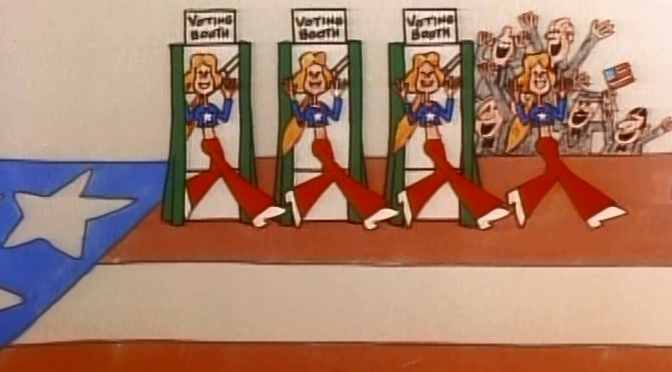Although Donald Fagen evidently thinks otherwise, since the demise of Walter Becker who died of esophageal cancer in 2017, Steely Dan has ceased to exist. On the Steely Dan official website (which is remarkably hacky for a vaunted band) on the home page, two of the four images are large photos of Fagen and Becker.* There is no red X through Becker’s visage.
And it goes on to detail how the two started out as session musicians, including being members of the backup band for Jay and the Americans.
Then in 1972 Steely Dan was formed with Fagen and Becker joined by Denny Dias and Jeff Baxter on guitars and Jim Hodder on drums. On the Can’t Buy A Thrill album, the group’s first, the lead guitar on “Reelin’ in the Years” was played by Elliot Randall. The vocal on “Dirty Work” was by David Palmer.
And that was just the start. A quintessential characteristic of the band has been its amorphousness as regards membership. There has been a vast array of session and independent musicians as part of the crew over the years, including, but not limited to, Jeff Porcaro, Michael McDonald, Royce Jones, Peter Erskine, Tom Barney, Drew Zingg, Warren Bernhart, Bill Ware. . . .
The thing that stayed consistent was the duo.
And for some seven years the duo has been done but somehow it still presented, perhaps because of the IP associated with the brand, as “Steely Dan.”
But this isn’t one in series of my existential/economic screeds on bands that seem to exist only to continue to rake in the take. Rather, it was caused by two events from last week, which got me to consider session musicians. Without question Steely Dan is one of the preeminent employers of those players.










